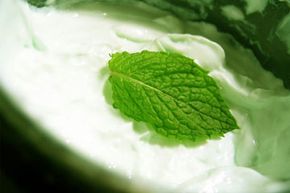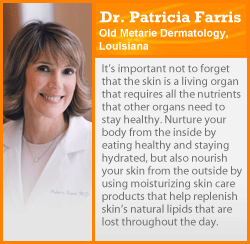If you take a whiff of mint, you can experience its cool, refreshing aroma. Imagine how your skin might feel if it were smoothed and caressed with it - would you experience the same feeling? The sensation can be addictive. Many people enjoy its taste in chewing gum, a cup of tea or other foods. But most people probably don't think of mint as something that can improve their health and beauty.
Today, you can find mint in a variety of beauty products from shampoos to cleansers and moisturizers, and for good reason. The benefits of mint have been long known throughout history. The ancient Egyptians and ancient Romans prized it for its pleasant aroma, using it to scent the air in homes and temples. During the Middle Ages, people used mint as a cleaning agent and a way to purify drinking water. The early colonists bringing herbs to America praised mint for its therapeutic benefits, using it to treat fevers and influenza [source: West Virginia University].
Advertisement
If you take a look at the labels on beauty products, you may notice the words Mentha piperita or Mentha spicata in the ingredients. Mentha piperita is the Latin name for peppermint, and Mentha spicata is spearmint -- two common kinds of mint. Although beauty products will most likely contain one of these two common types, there are more than 30 species in the mint family of plants.
In skin care products, mint is used in skin creams, toners, body lotions and face masks. Its leaves can be ground up to use as mint juice, pureed to make a paste and be made into mint oil. As a beauty treatment product, it's often combined with other natural ingredients such as lavender, chamomile, jojoba and aloe vera.
Read on to find out why you may want to have some fresh mint handy during a very stressful week at school, home or work, and when paired with sun block, mint can give you that healthy skin and body that you yearn for.
Advertisement


